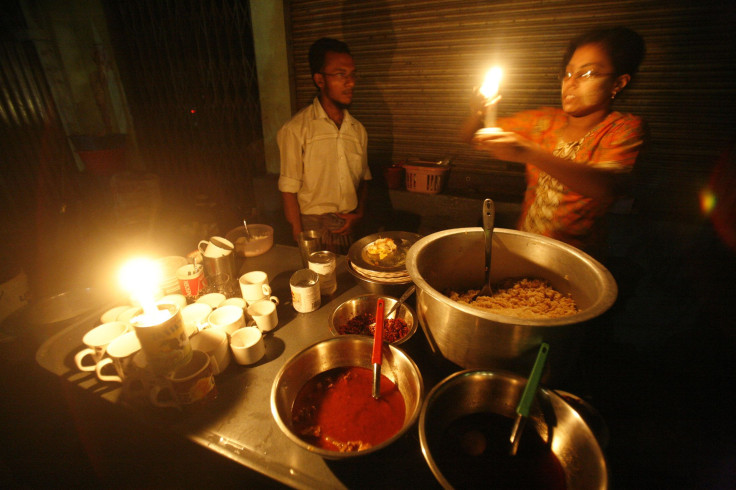Burma Blackout: Only 30% Of Myanmar's Population Has Access To Electricity

Even as Myanmar makes the news daily for its economic and political reforms, most of the nation’s citizens remain in the dark, literally. Only 30 percent of Myanmar’s population has access to electricity currently, and many of the rest cannot even hope for access until after 2014 -- thankfully, a ray of hope comes from outside the Southeast Asian country, as many foreign entities recently announced plans to lend force or funds to build up the electricity network.
"Only 30 per cent of the population now has access to power,” said Khin Maung Soe, the Minister of Electric Power, the Asia News Network reported on Tuesday. “To supply 50 per cent, power lines will have to be constructed. The whole of Rakhine State will enjoy electricity at the end of 2014.”
Each state in Myanmar is going through a different stage of being connected -- power lines are being constructed in the Chin state, and electricity will be supplied through the national grid by the end of 2014, while power lines have been completed in the Kachin state, and electricity will be supplied shortly, Khin Maung Soe said.
Some regions, like the Shan state, have access to power, but many remote villages in the area are not connected, while most of the Naga region is still in the dark. The government says it is planning to build three small-scale hydropower plants next year. Only 70 percent of the Kayah state will be provided with electricity by the end of 2014, according to the Asia News Network.
Somewhat fortunately, Myanmar has seen recent promises of funding or help from abroad to help it get connected. The World Bank last week approved a $140 million interest-free loan to fund a more efficient power plant in Myanmar, according to Reuters. The gas turbine plant in the eastern Mon State, about a four-hour drive from the commercial capital of Yangon, will provide 106 mega-watts of electricity, covering half of the peak demand in the state and five percent of the whole country.
Firms from Thailand and China are also studying the feasibility of wind power in Myanmar, the Nation reported on Sunday. Thai Gunkul Engineering is conducting studies for the construction of windmills in the Taninthayi region, and the Mon, the Kayinand, and the Shan states, with a target of producing 2,930 megawatts of electricity. China’s Three Gorges Company is doing similar studies in the Chin and the Rakhine states, and the Irrawaddy and Yangon regions, aiming to produce 1,102 megawatts.
The Asian Development Bank (ADB), through $2.85 million in grant financing from the Japan Fund for Poverty Reduction (JFPR), will help the government of Myanmar formulate a long-term energy plan and prepare to expand and upgrade its power grid.
“Myanmar has indicated that its energy policy should promote sustainable and renewable resources, as well as focus on energy efficiency and conservation,” said Jong-Inn Kim, Lead Energy Specialist at ADB’s Southeast Asia Department, in a news release from the bank on Monday. “A master plan will help the country assess its energy needs and provide a roadmap to meet them.”
© Copyright IBTimes 2025. All rights reserved.




















